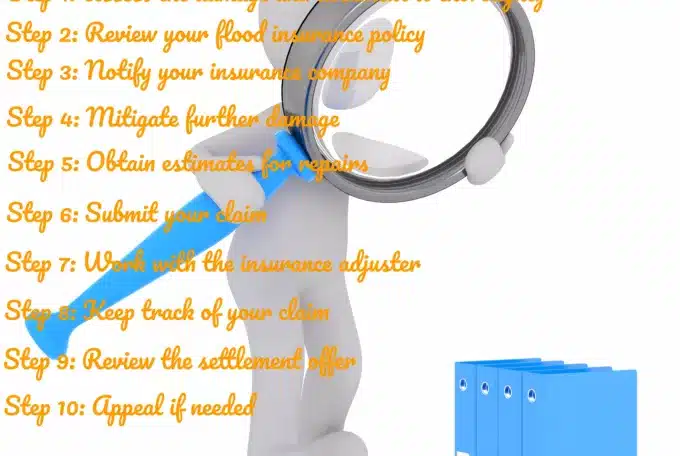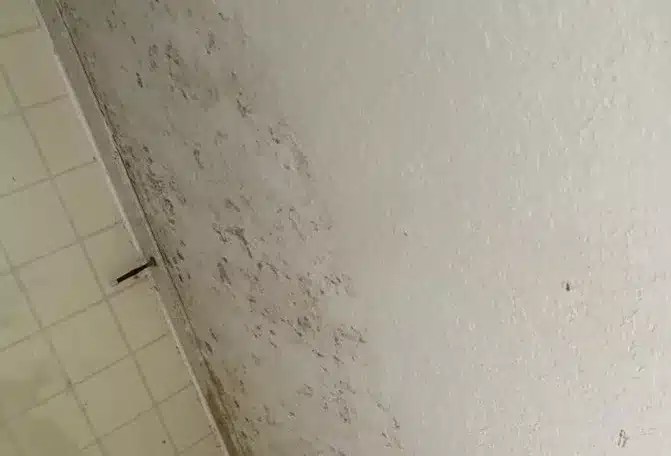What Makes Your Roof Leak? Common Causes and Solutions
Your roof is your home’s first line of defense against the elements. It protects you and your belongings from rain, wind, and sun. But what happens when that protection is compromised? Roof leaks can be a homeowner’s nightmare, causing damage to the interior of your home and potentially leading to costly repairs. Understanding the common causes of roof leaks and how to fix them is crucial for homeowners. In this article, we will explore the main culprits behind roof leaks and provide practical solutions to help you address the issue promptly and effectively. Don’t let a leaky roof dampen your spirits – let’s dive in and find the solutions you need.
For further information, please follow the links – How to Prevent Roof Leaks and Water Damage in Your Home, How to Protect Your Roof from Hurricanes and Other Damages, What Kind of Roof Damage is Covered by Insurance? A Complete Guide and Insurance Denies Your Roof Claim: What Next?
Causes of Roof Leaks Due to Damaged or Missing Shingles
One of the common causes of roof leaks is damaged or missing shingles. Shingles can become damaged for various reasons, such as strong winds, hailstorms, or general wear and tear. When shingles are damaged or missing, it creates openings in your roof that allow water to seep through. To fix this issue, you must replace the damaged or missing shingles. Start by removing the damaged shingles using a pry bar, hammer, or chisel. Make sure to be careful during this process to avoid causing further damage.
Once you remove the damaged shingles, you can then install new shingles in their place. It is essential to choose shingles that match the existing ones in terms of color and style to maintain the aesthetics of your roof. Secure the new shingles using roofing nails and ensure they are correctly aligned and overlapping with the surrounding shingles. Finally, apply a layer of roofing cement to seal the edges of the shingles and prevent any water from seeping underneath.
Causes of Roof Leaks Due to Cracked or Loose Flashing
One common cause of roof leaks is cracked or loose flashing. Flashing is installed on your roof to prevent water from seeping into vulnerable areas such as joints, vents, and chimneys. Over time, flashing can damage or dislodge due to weather conditions or improper installation. If you notice water stains or dampness near these areas, it may be a sign of cracked or loose flashing. To fix this issue, you can start by inspecting the flashing for any visible cracks or gaps. If you find any, you can use roofing cement or sealant to fill in the gaps or replace the damaged flashing entirely. It’s essential to address this issue promptly to prevent further water damage to your home. If you need help fixing the flashing yourself, you should seek the assistance of a professional roofing contractor.
Clogged or Damaged Gutters
Clogged or damaged gutters can commonly cause roof leaks in many homes. When you have clogged gutters with debris such as leaves, twigs, or dirt, water cannot flow freely through them. Clogged gutters can lead to water pooling on the roof, eventually seeping into the roofing materials and causing leaks. Similarly, correctly installing damaged gutters is or needs to be done. In that case, water can overflow or bypass the gutters altogether, leading to water damage on the roof. To fix this issue, it is essential to regularly clean and maintain the gutters by removing any debris and ensuring that they are correctly aligned and functioning. Additionally, repairing or replacing damaged gutters can help prevent future leaks and water damage to the roof.
Broken or Worn Vent Booting
One common cause of roof leaks is broken or worn vent booting. Vent booting is a critical component of your roof that seals the area around the vent pipes to prevent water from seeping in. Over time, the rubber or plastic material of the vent booting can deteriorate, crack, or break, allowing water to enter your home. To fix this issue, you must replace the damaged vent booting. Start by removing any nails or screws securing the old booting in place. Carefully lift the shingles around the vent pipe and slide the new booting. Secure the booting tightly and adequately seal it with roofing cement. Inspect the surrounding area for any signs of water damage and address any issues accordingly. Regularly checking and maintaining your vent booting can help prevent future roof leaks and protect your home from water damage.
Condensation in the Attic
Homeowners should know that condensation in the attic is a common cause of roof leaks. During colder months, warm air from the living spaces below can rise and contact the cold attic surfaces, causing condensation. Condensation can lead to water droplets accumulating on the attic insulation, rafters, and even the roof decking, eventually causing damage and leaking into the home. To prevent condensation, homeowners can take a few steps:
- Adequately ventilate the attic to allow air exchange and prevent moisture buildup. Installing baffles and ridge vents can help improve airflow.
- Consider adding insulation to the attic floor to help maintain a consistent temperature and reduce the temperature difference between the living spaces and the attic.
- Sealing any air leaks in the attic, such as around vents, chimneys, or electrical fixtures, is essential to prevent warm air from entering and causing condensation.
Regularly inspecting the attic for signs of condensation and promptly addressing any issues can help homeowners avoid costly roof leaks caused by condensation.






